DOUBLE CONE BLENDER: Technical Specification & Use in the Pharmaceutical Industry
Thank you for reading this post, don't forget to subscribe!A Double Cone Blender is a widely used blending machine in the pharmaceutical industry for homogeneous mixing of dry powders and granules. It ensures uniform mixing with minimal material degradation, making it ideal for pharmaceutical, chemical, food, and nutraceutical applications.
Technical Specifications of Double Cone Blender
- Construction Material
- Stainless Steel (SS 316L for contact parts, SS 304 for non-contact parts) – ensures durability, compliance with GMP & FDA regulations, and resistance to corrosion.
- Mirror/Matte Finish – facilitates easy cleaning and prevents material contamination.
- CIP (Clean-in-Place) or SIP (Sterilize-in-Place) options – available for enhanced hygiene.
- Blending Chamber (Double Cone Design)
- Capacity: Available from 5 liters to 5,000 liters, depending on batch size.
- Cone Angle: Optimized to ensure efficient tumbling action without dead spots.
- Rotation Speed: Typically 8–25 RPM to ensure gentle and uniform mixing.
- Baffles (Optional): Enhance mixing efficiency by preventing material layering.
- Drive System
- Motor & Gearbox Drive: Ensures smooth operation.
- Motor Power: Ranges from 0.5 HP to 10 HP, depending on blender size.
- Variable Frequency Drive (VFD) (Optional): Allows control of blending speed for different materials.
- Loading & Unloading System
- Manual or Vacuum Loading System – ensures efficient and dust-free material transfer.
- Butterfly or Slide Valve for Discharge – enables easy and complete emptying of the blended material.
- Control System
- PLC-Based HMI Control Panel (Optional) – allows process automation.
- Digital Timer & Speed Control – ensures repeatability and batch consistency.
- Safety Features
- Interlocking System: Prevents operation if the lid or discharge valve is open.
- Emergency Stop Button: Ensures operator safety during operation.
- Dust-Tight Seals: Prevents contamination and product loss.
Uses of Double Cone Blender in the Pharmaceutical Industry
- Uniform Blending of Dry Powders & Granules: Ensures homogeneous mixing of API (Active Pharmaceutical Ingredients) and excipients for tablet and capsule formulations.
- Ideal for Free-Flowing Powders: Best suited for dry, free-flowing powders and granules, ensuring even distribution of active ingredients.
- Low Shear Mixing for Fragile Products: Gentle blending action prevents particle breakage – ideal for materials sensitive to mechanical stress.
- Efficient Mixing for Large Batch Sizes: Used for blending bulk materials in tablet compression, granulation, and powder filling processes.
- Pharmaceutical, Food, and Chemical Applications: Commonly used in industries requiring precise and contamination-free blending of powders.

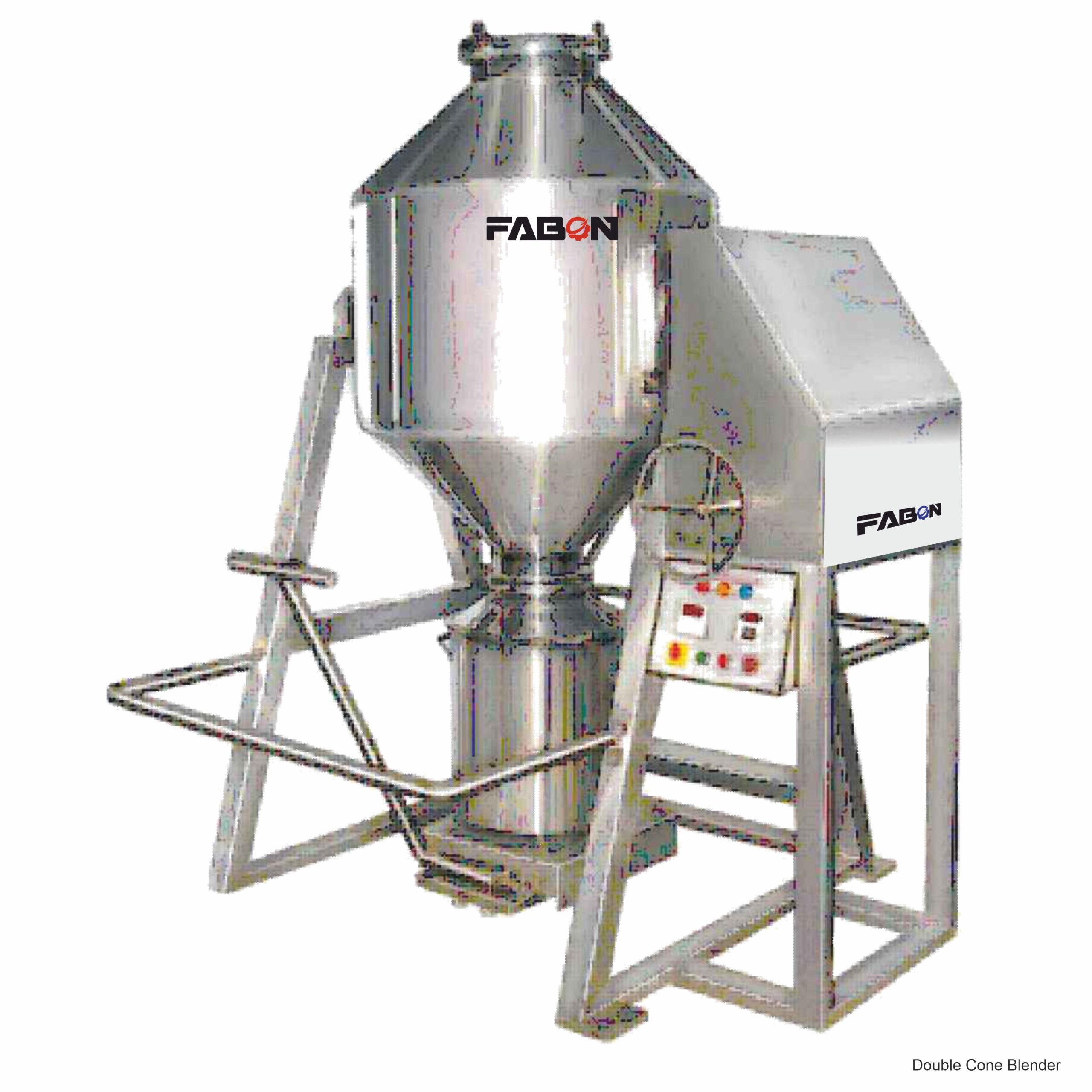
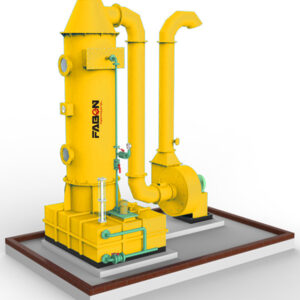
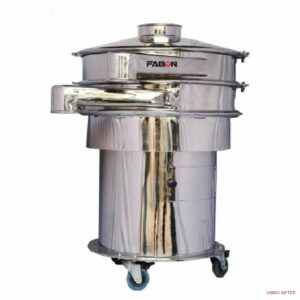
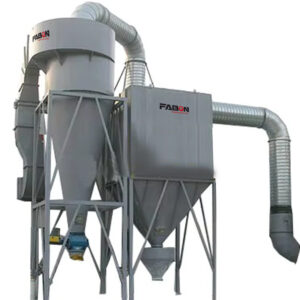
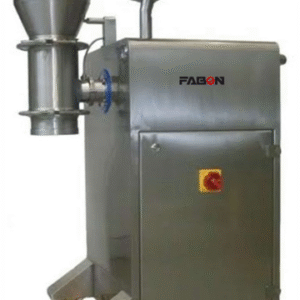
Reviews
There are no reviews yet.